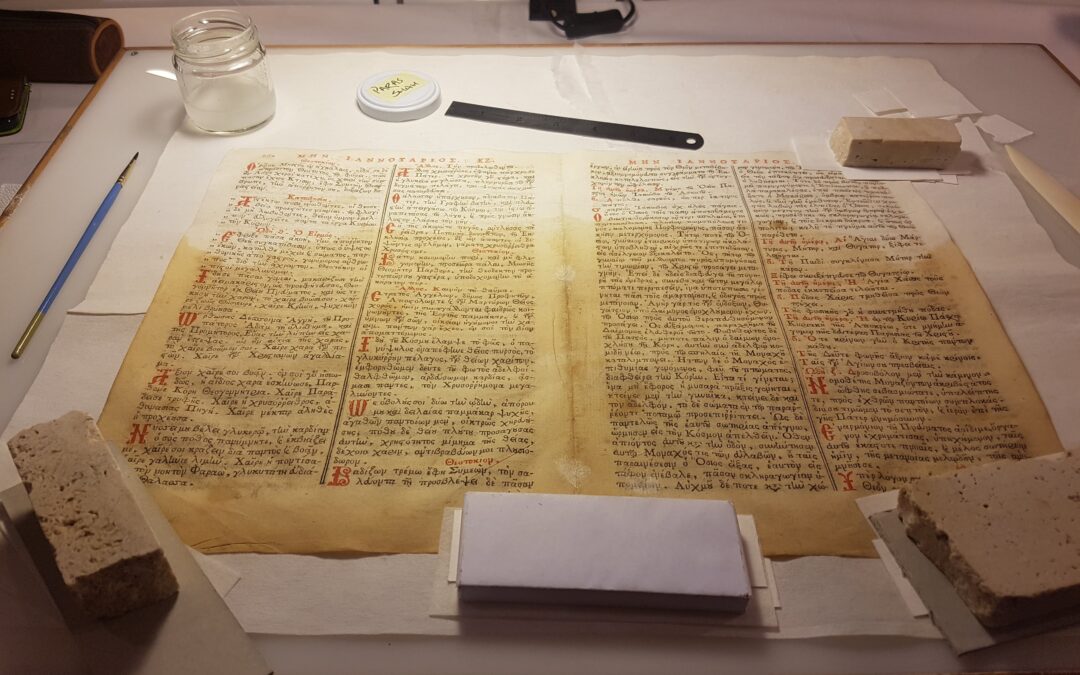“When we meet an antique book, our response to the book transcends its primary function as a storage depot for scientific information, rather we relate to a historical binding on a cultural and emotional level”
Julia Miller
Books are an important source of information which passes from generation to generation. While restoring books, the most important factor is preserving the information the book contains. The older the book, the greater its historical value.
Lacunae are the missing portions or gaps that occur on paper, text, illuminations, bindings, or all parts of a book. These include missing supports, missing or abraded pictoral layers, holes, perforations resulting in loss of material, missing surface color, or loss of functionality.
Documentation:
The first and most important aspect of the restoration of books is the documentation of damage and condition. One should do this with the help of photographs and drawings, to describe the damage before starting the restoration process of Archival material. A thorough analysis is necessary before the restoration of the archival material, as it would not lead to situations that damage the material or lose the writing. The most important factor is to preserve every part of writing as much as possible.
Therefore we analyze with the naked eye as well as a magnifying glass in order to ascertain the two most important aspects of books which are Paper and ink. Apart from paper and writing, save all the materials and features that reveal the history of the document. Such materials include bindings, covers, boards, spine, raised bands, sewing supports, and the pattern of sewing, edges, endbands, fastenings bosses, the material of thread, and other integral parts of the books. After a thorough analysis and documentation, we select the material for restoration.
Cleaning:
Cleaning and Disinfecting from active biological agents help in chemical stabilization of all elements of the document, before filling of
lacunae.
Dry Cleaning:
Clean the documents with help of certain tools such as hard and soft brushes, spatulas, scalpels, volcanic rubber, washable
sponge powder, tweezers, etc. Remove the stubborn dirt and pieces of wax and insect residues and save them for study under a microscope.
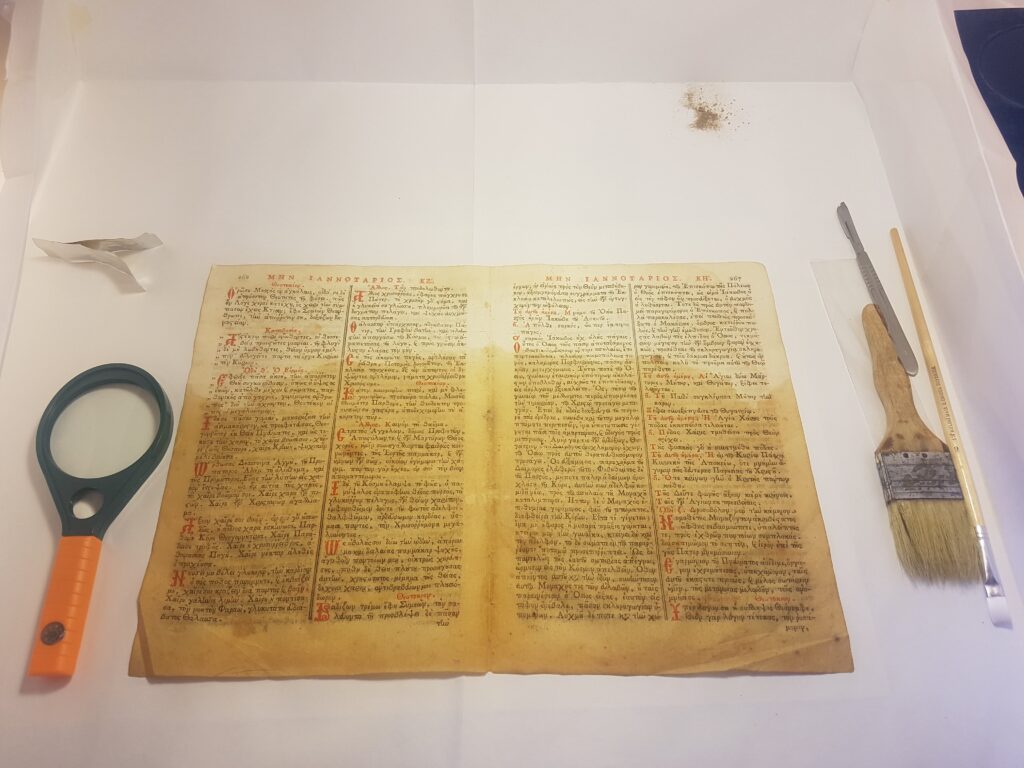
Wet Cleaning:
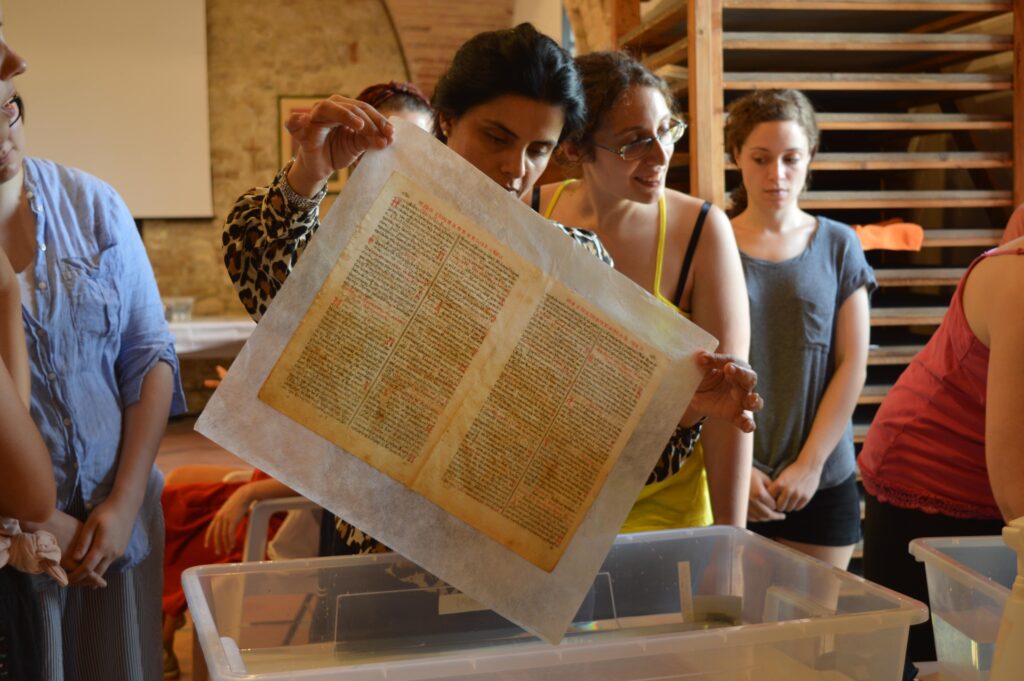
Unbind heavily damaged books and go through a process of wet cleaning. This is suitable for documents damaged with oil stains, wax, earth, and other similar stains. Before the wet cleaning, run the inks for a solubility test and check the pH levels before during, and after the wet cleaning. Deacidify the papers. Deacidification is a remedy against damage suffered by cellulose, a very important ingredient of paper, due to oxidation.
This process enables to clean the document before its prepared for the lacunae infills.
Book Covers:
Books during restoration are usually disbound to follow a process of cleaning, especially in cases of weakening or where large lacunae have to be filled. We can do dry cleaning without disbinding. While filling of lacunae of covers and bindings, ascertain first which material the cover consists of, like parchment, leather, wood, pasteboards, textile, synthetic, plastic, paper, cords of the spine, threads, natural fibers, adhesives used. Also, check for metals or other materials used for bosses and fastenings. Consider and save all these elements before starting the restoration.
Insertion of new material in Books:
Filling of lacunae on covers is done with material strong papers recognizable different from the original. Mostly for restoration practices, Japanese Paper is used of varying lengths for binding and covers. As the cover consists of materials that are thicker, use Japanese papers, preferably Kozo Shi 23gsm – 27gsm and Jengujo Kashmir 9gsm. These Japanese papers are used for the inner lining after tracing the lacunae with mylar sheets. This will help to cut the paper for infills of the exact size of perforations. Glue applied is different as compared to paper preferably starch paste mixed with alcohol as it dries fast for filling of lacunae of covers.
Modulation of Tonality:
Mostly, lacunae while restoring text and archival material should not be retouched, like done for paintings and artwork. However one must consider some exceptions when Books contain artwork like illuminations, calligraphies, or other forms of original art or books of high examples of graphic art, Sacred books, or book covers. In such cases, only the technique that experts allow & do is the Controlling of Tonality of lacunae for understanding the aesthetic appreciation of the object.
However, in cases of covers, restorers do the lowering tonality of an abraded pictorial layer or Controlling of Tonality with Monochromatic, Chromatic, and Chromatic Abstraction depending on the art on the cover, with help of watercolors or other easily removable colors in order to distinguish from the original. When considering the tonality, for covers, it has some advantages, it minimizes the visual impact of lacunae, doesn’t involve the creation of new images, is inexpensive and quick, extremely effective for small and scattered lacunae. There are limitations too, as in certain types of lacunae, lowering of tonality is not as sufficient as retouching.
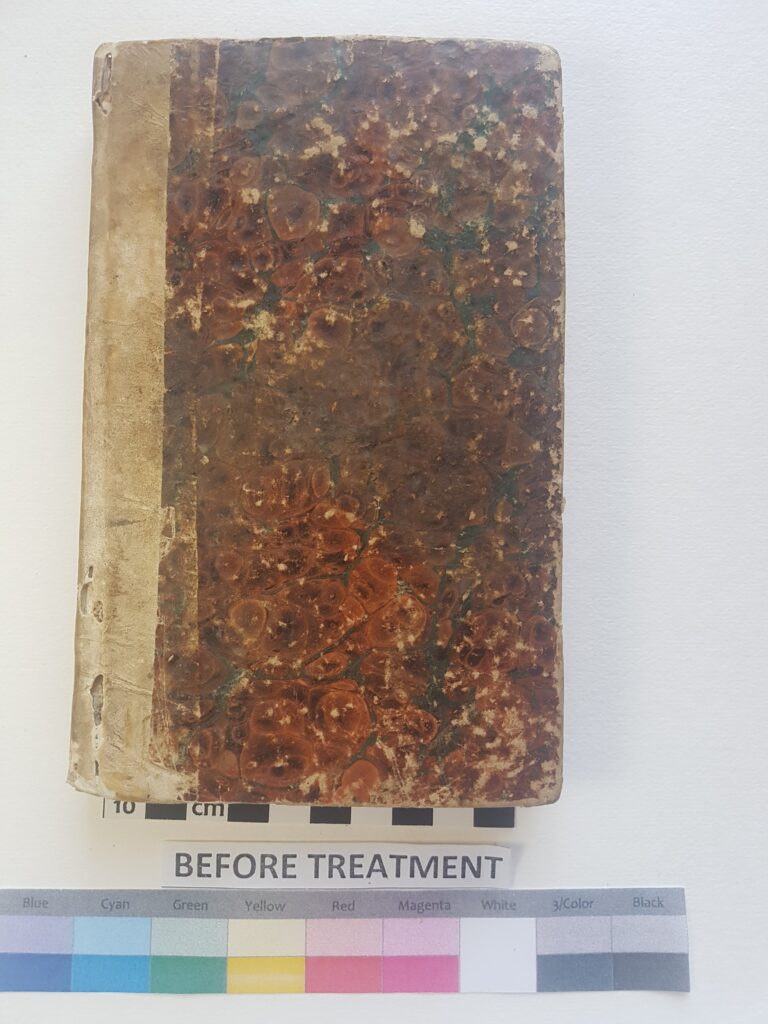
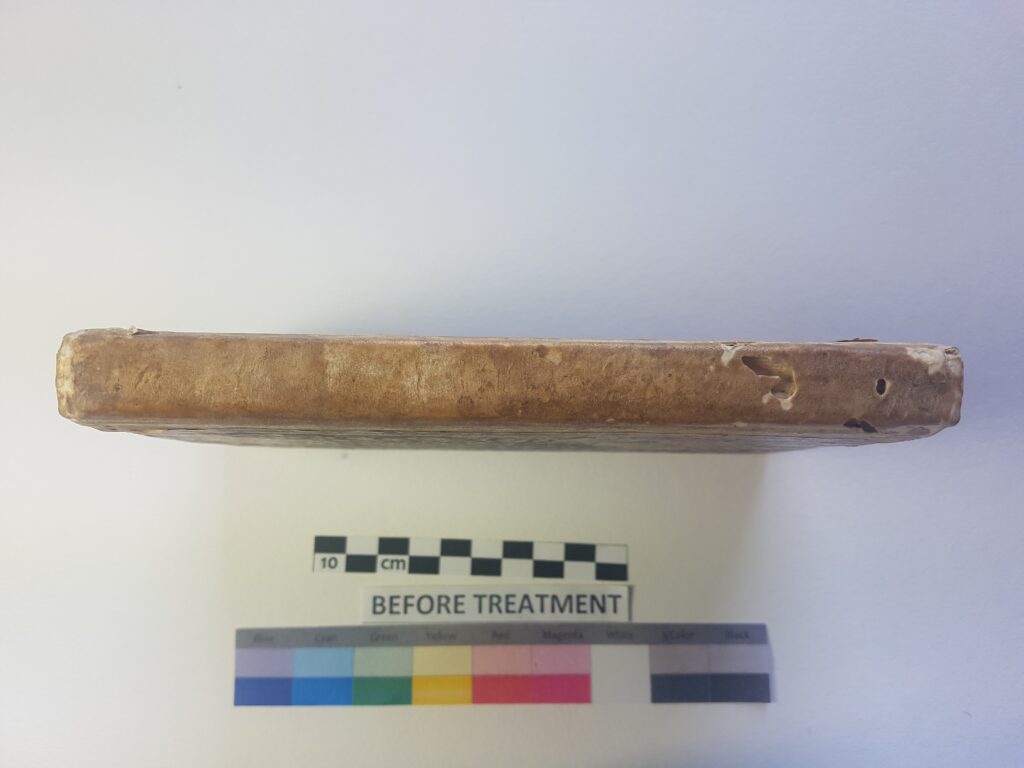
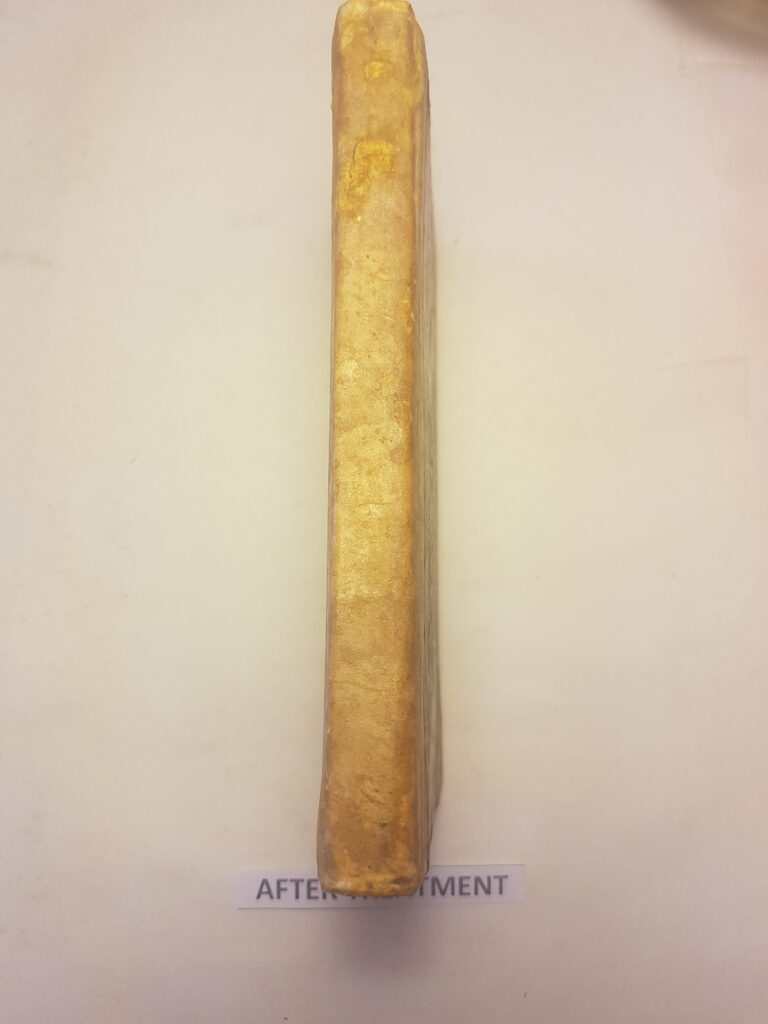
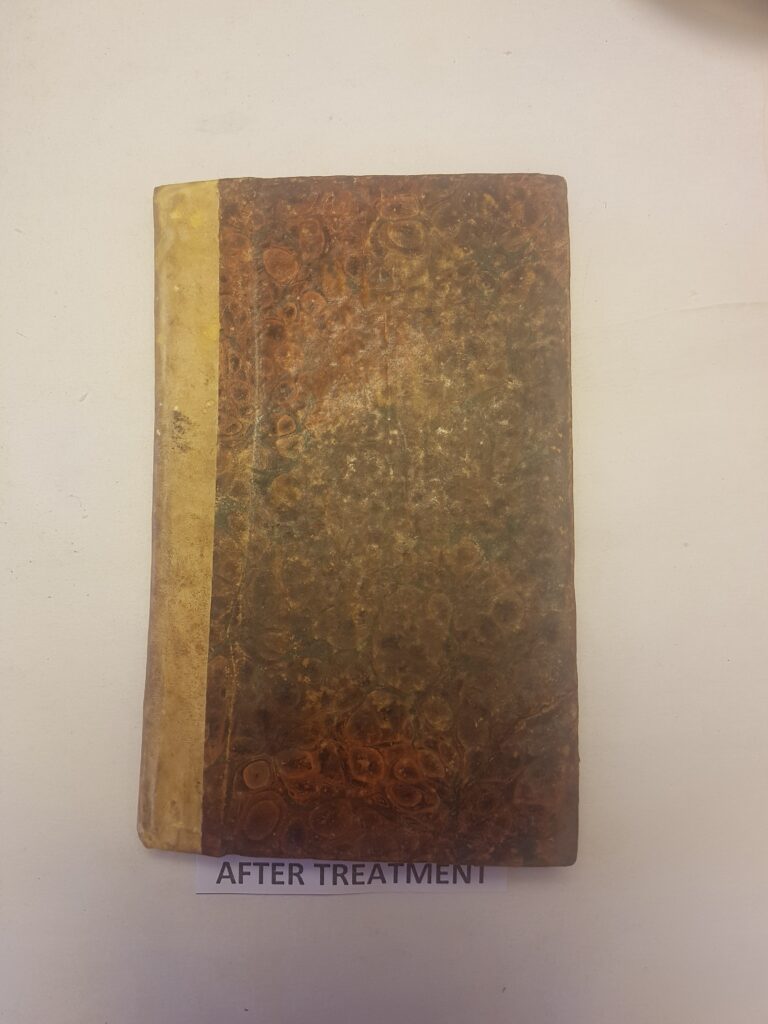
Paper:
Over the centuries, different types of writing materials have been used. Paper is the most consistent and common form for many centuries also has undergone various changes since it came into being in the 1st century AD. Before choosing material for restoration, one must do a detailed analysis of the paper. Make sure if the paper is handmade or machine-made if it has deckled edges or trimmed. With modern technologies, we can also specify the materials used for the pulp of paper. While studying the details, trace the watermarks on paper if there are any. All this information beforehand helps us to know the age of the paper. Besides that, by identifying the watermark, we can know about the printer.
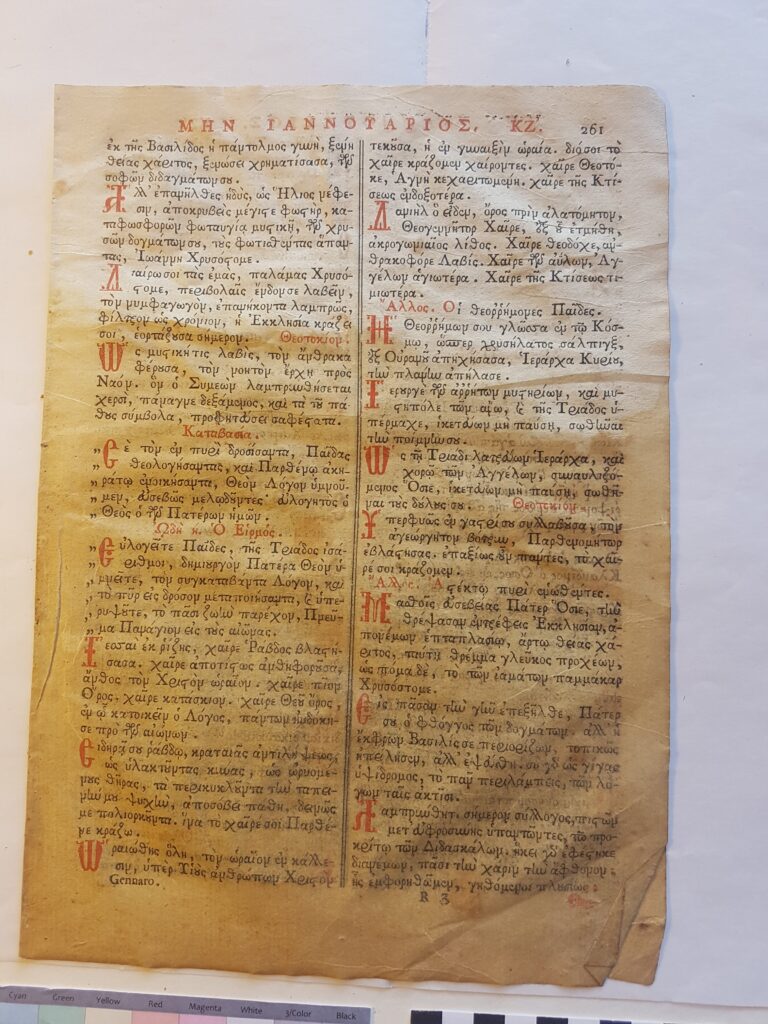
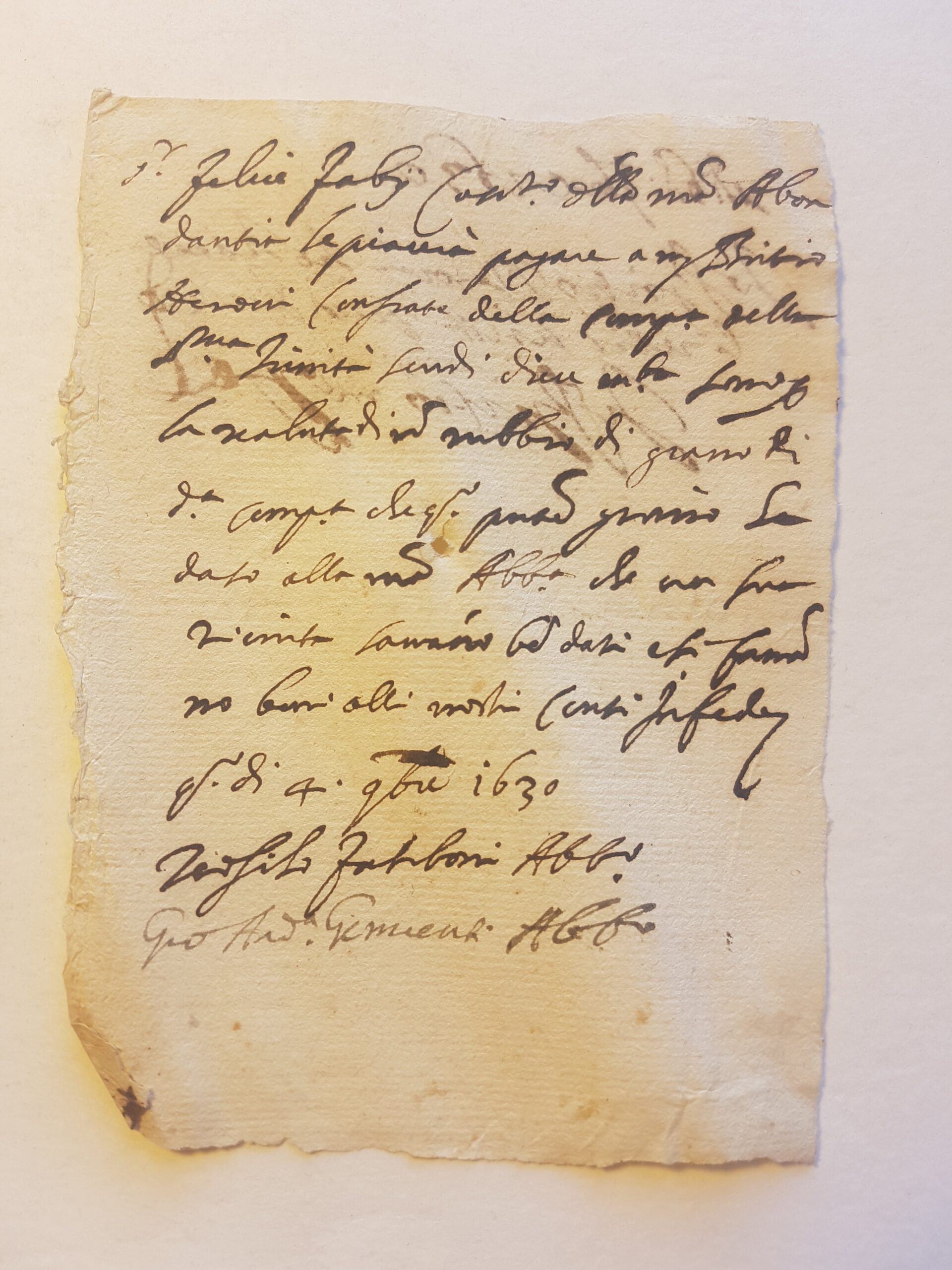
While selecting material for the restoration of paper, integrate only the missing parts of paper for giving structural integrity. One should not try to replace the entire material. For the restoration of paper, we follow the reinforcing, lining, mending, and sizing. Infills serve this purpose. Follow cleaning practices like dry and wet cleaning in case of stubborn stains. Cleaning done should not damage the original material. Leave the discolored material the way it is without using any aggressive chemicals like bleaching. As bleaching may damage the original material.
Insertion of new materials:
Mostly in restoration practices of paper, the material selected is Japanese tissues of varying thickness. Which can be used for the infills or the lining and mending. It is strong and helps to distinguish easily from the original material. Two of the commonly used Japanese papers are Jungujo Kashmir and Kozo SHI of different thicknesses.
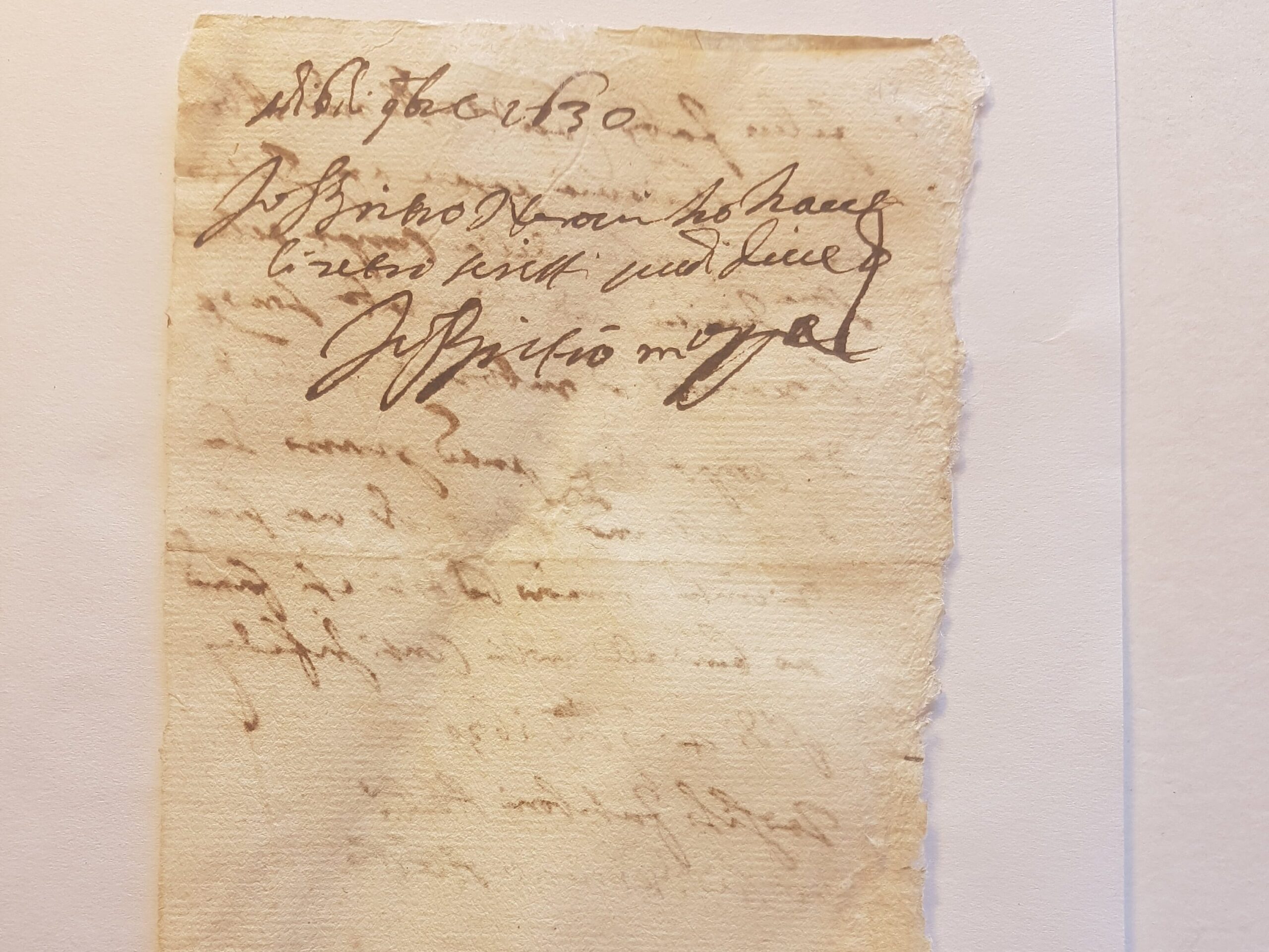
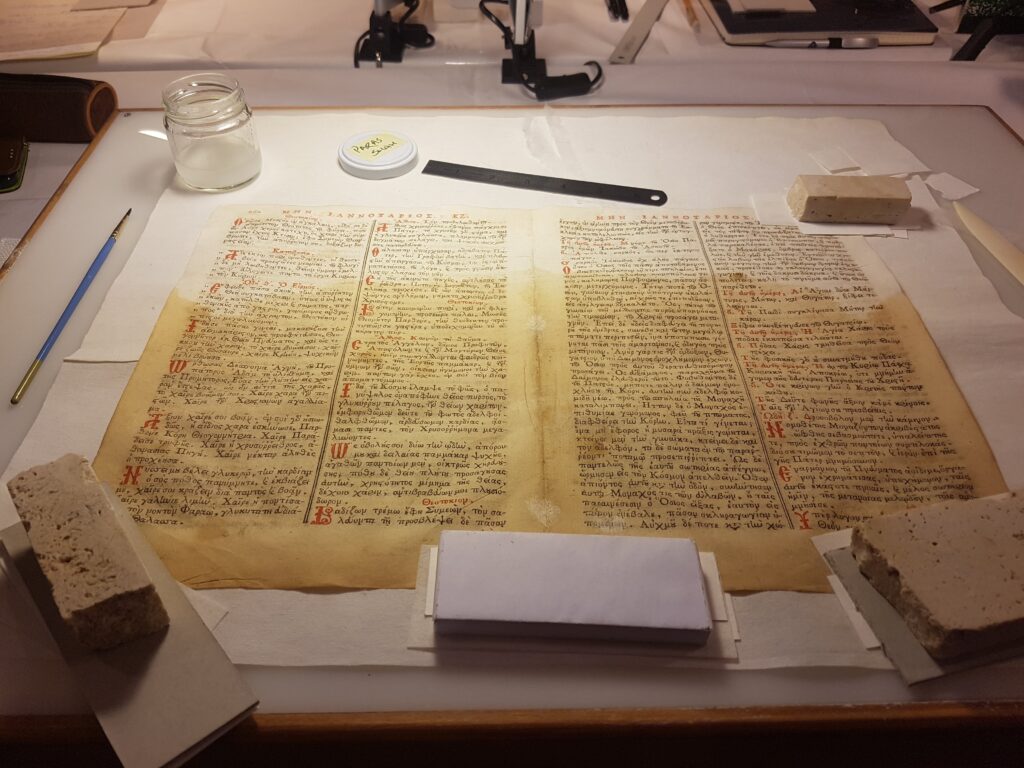
Advantages
The advantage of using Japanese paper for infills is it is of high quality, made up of good quality pulp with rich fiber. We use this for small lacunae by means of infills or mending and larger lacunae by means of the lining. The fibers of these integrate well with archival paper and provide strength to the structure.
Japanese tissue is also used for infills in parchment. For paper, strictly avoid retouching, except if the document consists of calligraphies or artwork along with the text. In such cases, tonal modulation or retouching can be considered. Text is however never retouched and kept in its original form. Scholars can note the missing text, if any in a separate publication, or can speculate the original content of material if known.
Disadvantages
There are certain disadvantages with paper that modern machine paper is difficult to restore. This is because there is a mixture of pulp and involves a process during manufacturing which renders its quality as compared to ancient hand-made paper. Also, the machine-made paper consists of soda pulp, which goes through a process of bleaching the wood pulp. This processing turns the paper yellow over a period of time. Also, it is difficult to ascertain from which wood the pulp is taken. Besides modern paper is recycled which further damages its quality, hence cannot be used for restoration.
Ink:
Writing on archival material is extremely important and needs to be saved, but not by retouching or rewriting. While restoring writing, first identify the ink and check its solubility with different solutions to ascertain which treatment to follow and what glue to use for the filling of lacunae. Then straighten the paper with the help of spatulas and tools, in order to assess the perforations in writing. Save all small pieces of paper and writing in order to put them where they belong before filling holes with Japanese tissue. Make it clear that the tissue does not overlap the writing.
In case of major damage, use a very thin Japanese paper like Jengujo Kashmir 9gsm for the lining so the writing is visible. Use different glues mostly alcohol-based like SCMC, starch paste, Kelco gel, Klucel G, or E to apply Japanese paper.
Line the materials with heavily damaged writing completely with Japanese paper to give them strength and spray a deacidification liquid on them. Then lay a very thin layer of Japanese paper very carefully, after applying an alcohol-based glue. This method gives strength to the entire paper as well as writing but is applicable for extensively damaged papers.
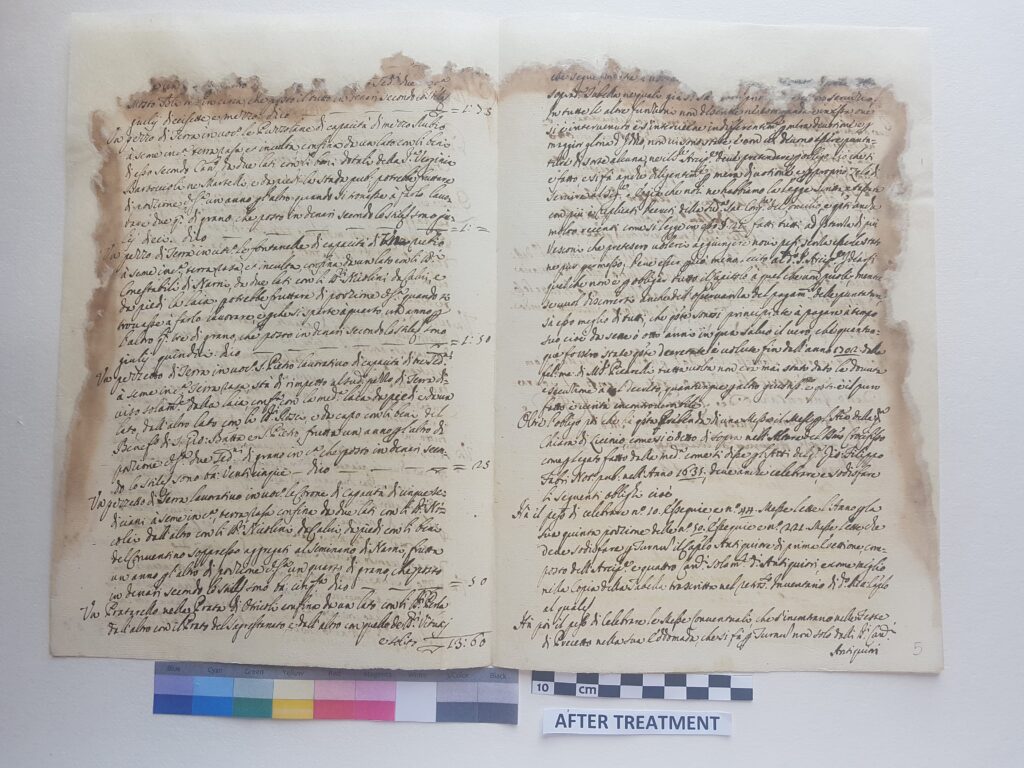
Disadvantages
The inks cause disadvantages to certain kinds of writing. Especially iron gall ink (iron-based) perforates and damages the paper as compared to carbon inks by creating acidity over a period of time. It becomes difficult to restore as there is a loss of material and writing can not be retouched while filling of lacunae. Also during wet cleaning, some inks like carbon inks do not stand well against water. Therefore, one should not wet clean the manuscripts with carbon inks, whereas, iron gall stand up against the water. Hence, use alcohol-based glue for filling lacunae so the inks stand up well and do not damage the writing.
Illuminations and illustrations:
Experts sometimes retouch the books or documents that contain illuminations or calligraphic art along with writing in case of small or large lacunae or abrasions of pictoral layers or ink. This is done with the help of various techniques followed for artwork as well which are as follows:
Techniques:
- Control of Tonality only technique allowed for abrading pictoral layers. It does not involve the creation of new images which one must avoid while restoring Archival material. Effective for small and large lacunae and abrasions. But in some lacunae, this technique is not as effective as retouching to minimize the gaps.
It includes:
- The lowering tonality technique involves the use of water or acrylic colors which can easily be removed.
- Monochromatic controlling tonality with one color
- Chromatic controlling tonality with different shades and colors
- Chromatic abstraction controlling tonality with texture while working on illustrations and art on books. It involves writing, therefore one needs to be extremely careful in selecting and applying one of these techniques. The restorer should apply these techniques only to the areas that he is sure of or where these will enhance the legibility of artwork. Not to apply to areas that are not predictable.
During the restoration, if control of tonality does not serve the purpose, Integration techniques can also be applied for artwork in books too.
These involve:
- Mimetic
- Semi Mimetic which further includes:
- Trattegio (Rigatino Romano) retouching done with vertical lines of varying thickness. In this technique, one can easily differentiate retouching from the original. However, it is time-consuming and difficult to apply. Also if a book contains three-dimensional images, it is not very effective.
- Chromatic selection Retouching done with short parallel lines following the curves and geometry of the image. This technique blends well with three-dimensional images but it is difficult to distinguish original from new.
- Puntini technique involves retouching with dots of primary and blended colors. It blends well at a distance and can be distinguished from the original with a closer look and works well with three-dimensional images. It is however very time-consuming.
- Down-toned Retouching involves the use of lighter-toned colors.
- Abstract Retouching uses simple abstract forms. Not applicable for illustrations in books. Depending on the kind of Artwork select one of the above techniques. Also during restoring these illuminations, it should be kept in mind not to retouch areas whose content are not predictable or known. It is also extremely important to have a proper visual, historical, and psychological balance between the retouched and original material. Also not to overlap the object’s history in an effort to create an aesthetical image.
Bindings:
While restoring bindings, preserv all materials like pieces of thread and cords for further study. Also, the pattern of sewing is considered and bindings are done with similar binding materials and structure to the original. Apart from the restoration of books and archival material, it is very important to create environment for proper conservation, environmental factors.
The following steps will help in the proper conservation of documents:
- Documentation of the entire restoration process with help of step-by-step photographs and drawings.
- Keeping documents in well-kept environments with lower levels of humidity and UV radiation.
- Making protective containers for storage.
- Making up a conservation and maintenance plan for the future.
- Applying methods for support of data
Paper as support for data:
When considering paper as support data, some papers have good qualities which should be chosen. These include acid-free papers, papers with high alpha cellulose, lignin-free, 100 percent pure cotton fibers. Acid-free paper with stable inks or papers with the above terms is most long-lasting. Plus they are stable and convenient for data storage, because they are;
- light in weight
- low cost
- good for data input and retrieval as data density is high
- stable in good storage environments
- having the ability to copy and forge is low
- technologically stable.
Digital media as support:
For preservation practices of archival material, digital media is also used as Data support. This has certain disadvantages as the system costs high, data formats vary due to which retrieval becomes difficult, data density is high, ability to copy and forge is high, and technology stability is low which changes after a number of years. The advantages are that its chemical stability is high and can be easily distributed.
Digitization of archival material:
In order to conserve archival documents digitization is a good practice as it’s easy and inexpensive. We can create multiple records for unique documents, reduce wear and tear during study and consultation, can easily be consulted, has the potential for global reach, and easily distributed and published.
While considering restoration and conservation practices, the key thing to keep in mind is the ability to be transparent and truthful with judgment and the use of materials. All the above practices help in the proper restoration and preservation of books and archival material and help in the proper presentation of these archives in libraries and museums.
Shah,Paras.Theory 2016

